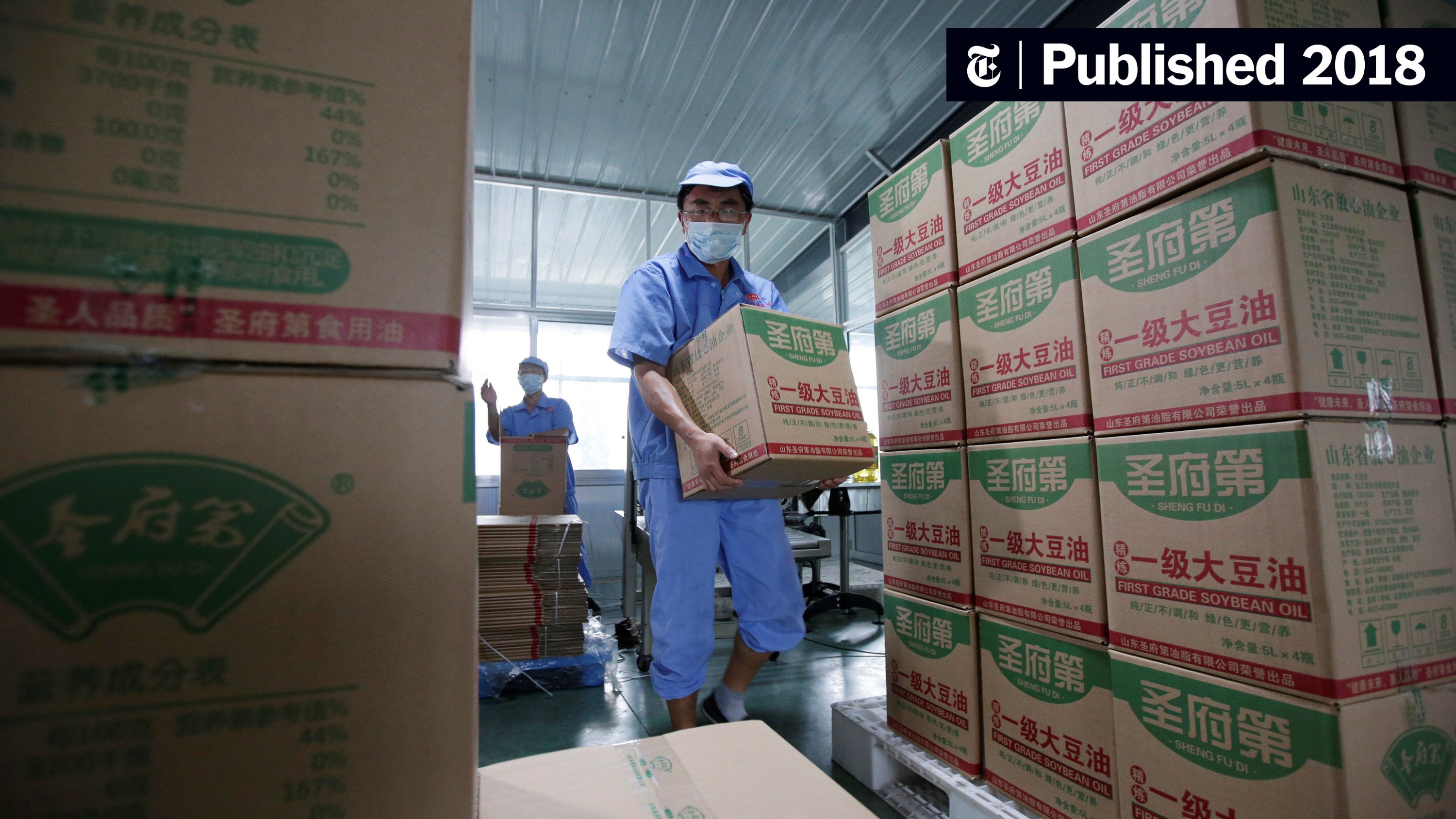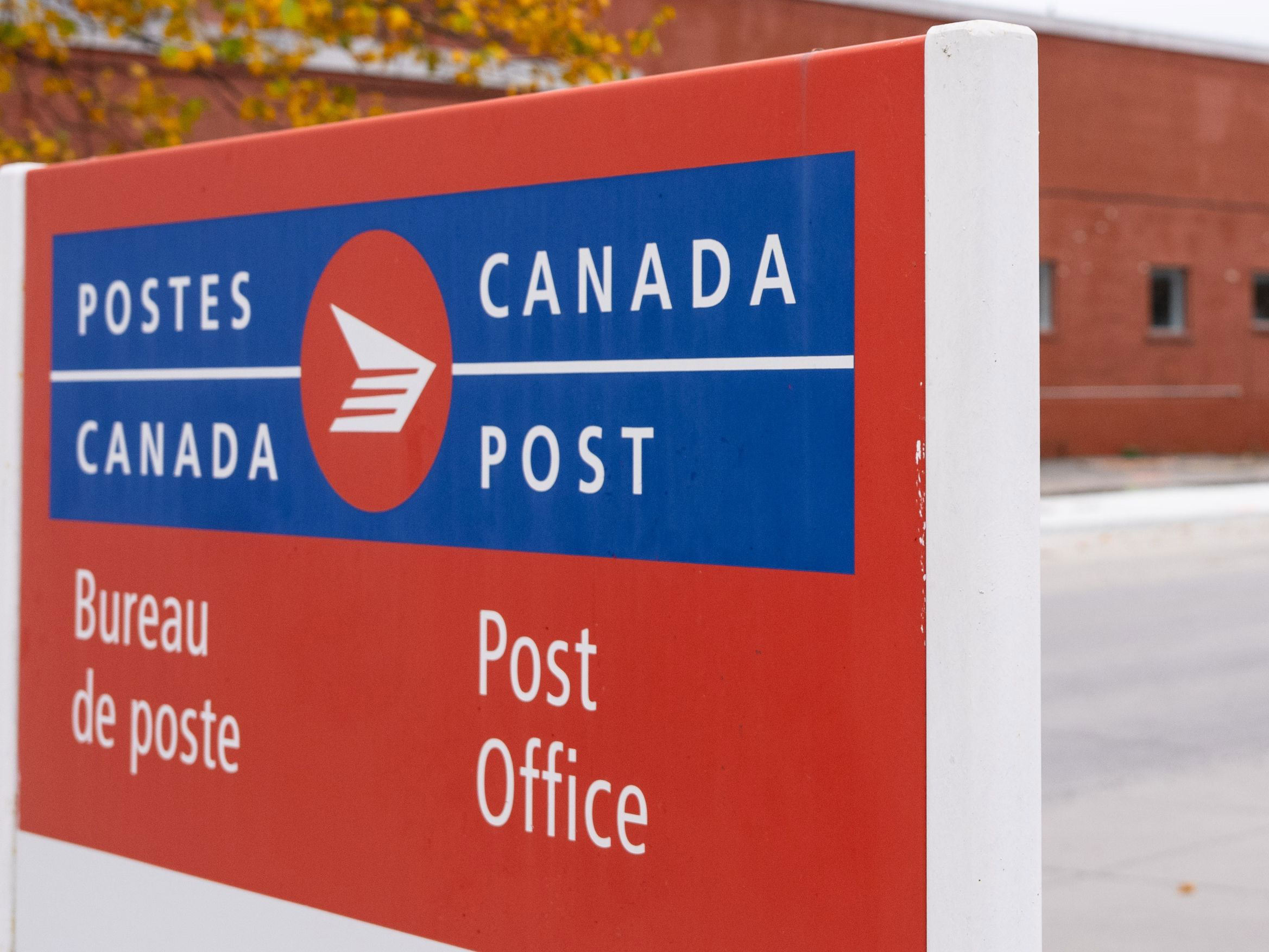China Eases Monetary Policy To Counter Tariff Impacts

Table of Contents
The Impact of Tariffs on the Chinese Economy
The ongoing US-China trade war, characterized by reciprocal tariffs on billions of dollars worth of goods, has significantly impacted the Chinese economy. These tariffs haven't just created trade friction; they've triggered a ripple effect throughout the Chinese economy.
- Reduced Export Demand: Tariffs imposed by the US and other countries have directly reduced demand for Chinese exports, impacting various sectors, from manufacturing to agriculture. This decline in exports has directly contributed to slower GDP growth, a key concern for policymakers.
- Supply Chain Disruptions: The trade war has disrupted global supply chains, with Chinese manufacturers facing increased costs and uncertainties in sourcing raw materials and intermediate goods. This disruption has hindered production and increased prices.
- Decreased Foreign Investment: The uncertainty surrounding the trade war has discouraged foreign direct investment (FDI) into China. Businesses are hesitant to commit to long-term investments in an environment marked by trade tensions and unpredictable policy changes.
- Potential Yuan Depreciation: The reduced trade surplus resulting from lower export demand puts downward pressure on the Chinese yuan. A weaker yuan can boost exports in the short term, but it also carries risks of inflation and capital flight.
Specific Monetary Policy Easing Measures Implemented by China
In response to these economic challenges, the People's Bank of China (PBOC) has implemented several monetary easing measures aimed at stimulating economic activity. These include:
- Interest Rate Cuts: The PBOC has lowered benchmark interest rates, such as the loan prime rate (LPR), making borrowing cheaper for businesses and consumers. This encourages investment and consumption, key drivers of economic growth.
- Reserve Requirement Ratio (RRR) Reduction: Lowering the RRR—the percentage of deposits banks must hold in reserve—frees up more funds for lending. This increases the money supply and expands the capacity of commercial banks to provide credit to businesses and individuals.
- Liquidity Injections: The PBOC has injected liquidity into the financial system through open market operations, providing banks with more readily available funds for lending. This ensures sufficient funds are available to meet the increased demand for credit.
- Quantitative Easing (QE) Considerations: While not explicitly implemented on the scale seen in other countries, there's ongoing discussion about whether more extensive quantitative easing measures may be necessary to further stimulate the economy.
Intended Effects and Potential Risks of Monetary Easing
The primary goal of China's monetary easing is to stimulate economic growth and offset the negative impacts of tariffs. By making credit cheaper and more readily available, the PBOC hopes to encourage businesses to invest and expand, and consumers to spend more. However, this approach carries potential risks:
- Increased Inflation: Excessive monetary easing could lead to a surge in inflation, eroding purchasing power and potentially destabilizing the economy. Balancing economic stimulus with inflation control is a delicate act.
- Capital Flight: A significant depreciation of the yuan, potentially driven by monetary easing, could trigger capital flight as investors move their assets to other currencies perceived as more stable.
- Rising Debt Levels: Easing monetary policy may lead to increased corporate and household debt levels, increasing financial vulnerability if economic conditions worsen.
- Impact on Financial Stability: The effectiveness and consequences of these monetary policy tools on financial stability within the Chinese economy are subjects of ongoing debate and analysis by experts.
International Reactions and Global Implications
China's response to tariff impacts through monetary easing has significant global implications:
- Impact on Global Currency Markets: China's monetary policy decisions can influence global currency markets and exchange rates, potentially affecting trade balances and investment flows worldwide.
- Influence on Global Economic Growth: China's economic performance is intricately linked to global growth. Its monetary policy choices can impact global economic activity, affecting other countries’ economies.
- Reactions from Other Countries and International Organizations: The ongoing trade disputes and monetary policy responses have prompted reactions from various countries and international organizations, further shaping the global economic landscape.
- Potential for Further Escalation of Trade Tensions: The interplay between trade policies and monetary policy could either ease or exacerbate global trade tensions, depending on the effectiveness and broader impact of these measures.
Conclusion
China's decision to ease monetary policy to counter tariff impacts is a significant development with profound implications for its own economy and the global landscape. The specific measures – interest rate cuts, RRR reductions, and liquidity injections – aim to stimulate growth and offset the negative effects of decreased export demand and FDI. However, the potential risks of inflation, capital flight, and rising debt levels cannot be ignored. Staying informed about further developments in China's easing monetary policy to counter tariff impacts is crucial for understanding the evolving global economic climate. Follow reputable sources like the People's Bank of China website, the International Monetary Fund (IMF), and leading financial news outlets for the latest updates and analysis. The future trajectory of China’s economy, and indeed the global economy, hinges on the success and consequences of these policies.

Featured Posts
-
 Unscripted Moments In Saving Private Ryan Impact And Legacy
May 08, 2025
Unscripted Moments In Saving Private Ryan Impact And Legacy
May 08, 2025 -
 Canada Post Strike Looms Potential Service Disruptions Later This Month
May 08, 2025
Canada Post Strike Looms Potential Service Disruptions Later This Month
May 08, 2025 -
 Angels Offensive Woes Continue In Twins Series Sweep
May 08, 2025
Angels Offensive Woes Continue In Twins Series Sweep
May 08, 2025 -
 New Commercial Jayson Tatum And Ella Mai Announce Sons Arrival
May 08, 2025
New Commercial Jayson Tatum And Ella Mai Announce Sons Arrival
May 08, 2025 -
 Famitsus Most Wanted Games Dragon Quest I And Ii Hd 2 D Remake Leads March 9 2025
May 08, 2025
Famitsus Most Wanted Games Dragon Quest I And Ii Hd 2 D Remake Leads March 9 2025
May 08, 2025
